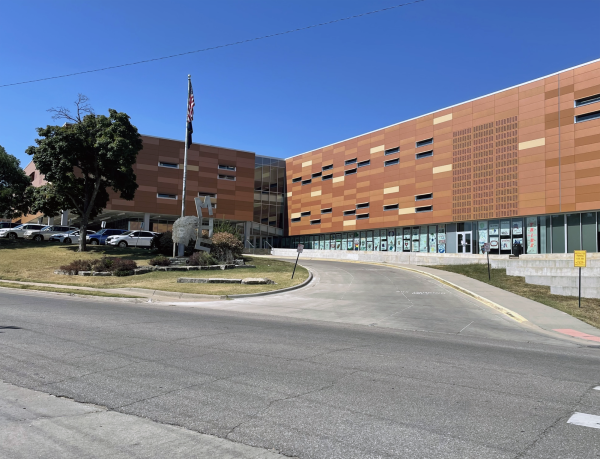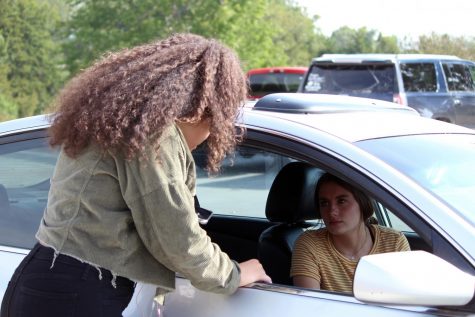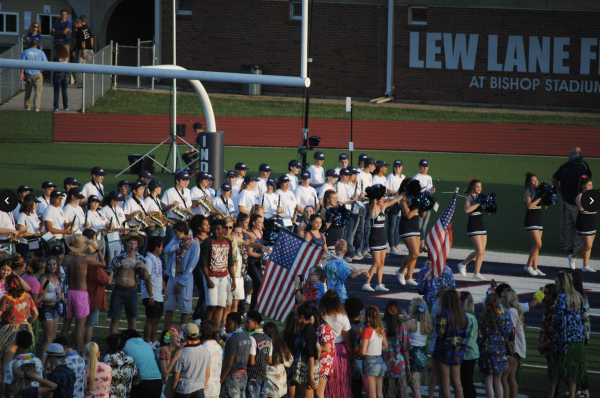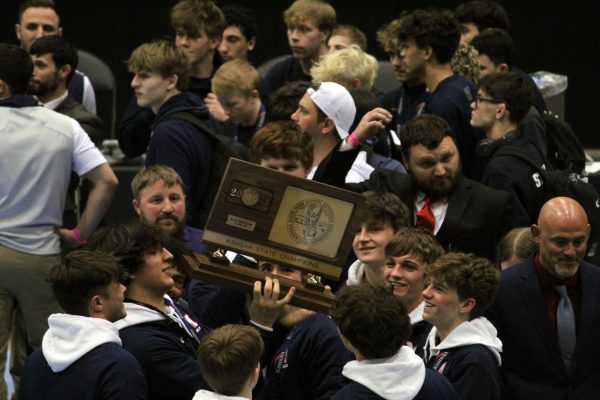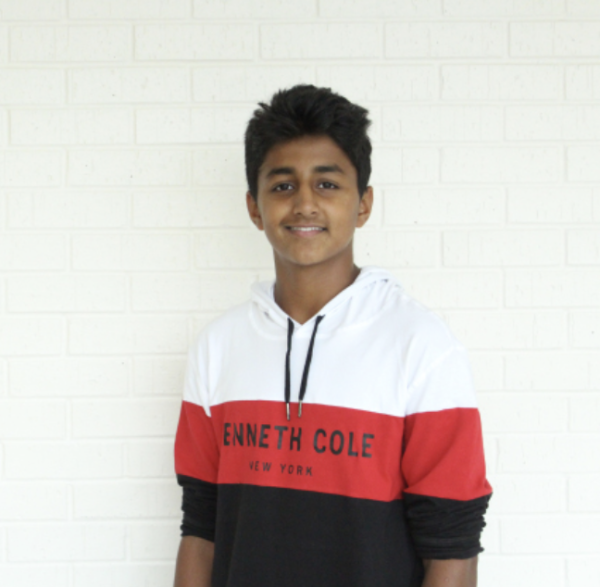Diverse curriculum
While Manhattan High faculty are aware they have work to do to improve diversity in curriculum in content areas such as Language Arts and Social Studies, some steps are being taken to broaden perspectives.
“We have made strong attempts to integrate diversity and the English department has integrated flexibility that they [have] afforded us,” American Literature teacher Mac Phrommany said.
Although there is flexibility in the texts and short stories they look at, the main books read in American Literature and Advanced Placement English Language, like “The Glass Castle,” “The Crucible” and “The Scarlet Letter,” for example, are not very diverse.
“I think it’s easy to…blame the school saying like ‘oh you don’t pick diverse authors’ and stuff like that, but the fact of the matter is the publishing industry has perpetuated a sort of homogenous, only one side of the story,” Phrommany said. “And, you know, one population perspective has developed in a direction that makes no diverse literature.”
There is a solution to the issue of lack of diversity in literature.
“I think music is a really good way to find diversity in our authors,” Phrommany said. “I think breaking up what we consider to be literature is a way in which we can find diversity.”
Additionally, diversity exists in U.S. History classes. However, there is a limited amount of time to teach history, according to history teacher Darron McCoy, which causes some things to be left out.
“The challenge with history is always…giving enough [time] to each diverse culture,” McCoy said, “but with time constraints…you can only spend so much time on this [or] that and so trying to maintain that balance and keeping a healthy balance ensuring that various routes are recognized.”
Taking a look at history from the perspective of different groups is something that McCoy’s Advanced Placement U.S. History class does.
“We look at a lot of primary sources,” McCoy said. “We usually use primary specifically to be able to see the true nature of the culture and the history and how it all relates.”


